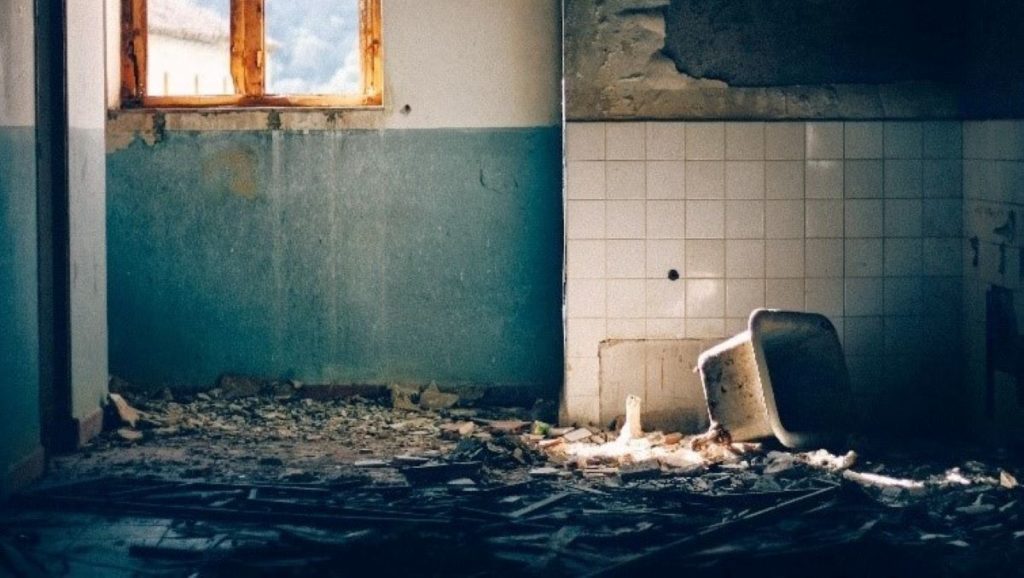Residential property can sustain water damage from leaking pipes, improperly fitted home appliances, or a natural disaster. For real estate owners, this is a serious issue.
What’s more, this type of problem in residential properties can go undetected for long periods. When that happens, it can cause structural issues through rot, leading to expensive repairs. For your clients, it also can lead to increased risk of health problems from mold growth.
Therefore, it’s important to keep your tenants safe and your properties mold-free.
RELATED ARTICLE: WHERE ARE THE BEST PLACES IN TEXAS TO BUY REAL ESTATE FOR RENTALS?
Water damage may occur in only one room of the house. However, it can spread, especially the longer the problem goes unfixed. That’s why if you suspect this type of damage, you should contact a local restoration expert. Find a local provider online by seeking, for example, a Jacksonville water damage restoration company. Find a restoration expert as soon as possible.
Residential Water Damage Is a Serious Issue
Do you know that 37% of residences have sustained water damage? It’s the second most frequently filed insurance claim by homeowners in the United States.
Therefore, water damage is a real risk for any residential properties you might own. Moreover, when your property is near coastal areas or in regions with high rainfall, the potential costs can be exorbitant.
Depending on the category of damage the property has sustained, your property faces a range of risks and costs. These categories vary in severity from low to extreme risk.
Below are listed the three main categories of residential water damage. This list can help you prepare to offset the costs during the renovation process.
Clean Water Damage (Category 1)
The first category is clean water. This means the water has originated within the home from a source that is usually sanitary. It appears clear and clean. And if lacks a strong odor.
Category 1 water comes from overflowing sinks, rainwater, and broken water or steam lines. However, if undetected, it can develop into Category 2. Therefore, it’s important to get the issue fixed as soon as possible.
There is a minimal health risk to occupants when it comes to Category 1 water damage. It’s usually the easiest to clean up. What’s more, there is a reduced risk of worse problems or health issues occurring if you can have the restoration and repair completed within 24-48 hours.
Gray Water Damage (Category 2)
Gray water damage can contain contaminants from within the residence. For example, if the property has a leak from a washing machine or a dishwasher, this can be classified as Category 2 water damage.
The water may be cloudy and may carry a strong odor. There’s an increased health risk in residences that have water damage that falls into Category 2. Moreover, it’s likely that the water has caused significant damage to other nearby appliances or equipment.
It’s important to address this issue as soon as possible. Call the experts to limit the extent of the issues caused to the residence.
Black Water Damage (Category 3)
Posing an extreme health risk, black water damage, or Category 3, is the most severe and time-critical that a residential property can sustain. Usually, it originates from outside sources such as rivers, sewers, and the ocean. This water damage can be highly toxic or allergenic.
Under this category, the water will exude a strong odor. It is usually cloudy and will contain debris.
To avoid any additional damage to your property, call in restoration experts immediately. Do not try to make repairs yourself since the property itself can become toxic and dangerous.
5 Tips to Protect Your Residential Properties
While water damage can cause significant problems and incur costs, there are some things you can do to prevent these issues from occurring in your residential properties:
- Contact a plumber to service and regularly inspect the property’s water heater.
- Suspect a leak? Turn off the main water supply immediately to prevent further leaking.
- Replace hoses on home appliances before the date on the manufacturer’s suggested timetable.
- Listen to the plumbing system and call for inspections when you detect any unusual noises or clunks.
- Check for signs of moisture and mold on walls, floors, and cabinets.
Conclusion
As the owner of residential properties, it is to your benefit to understand the risks to your properties before they happen. Use the information and tips in this article to protect your properties and prevent this type of damage. And if the worst should happen, be sure to take fast action to prevent further damage.

